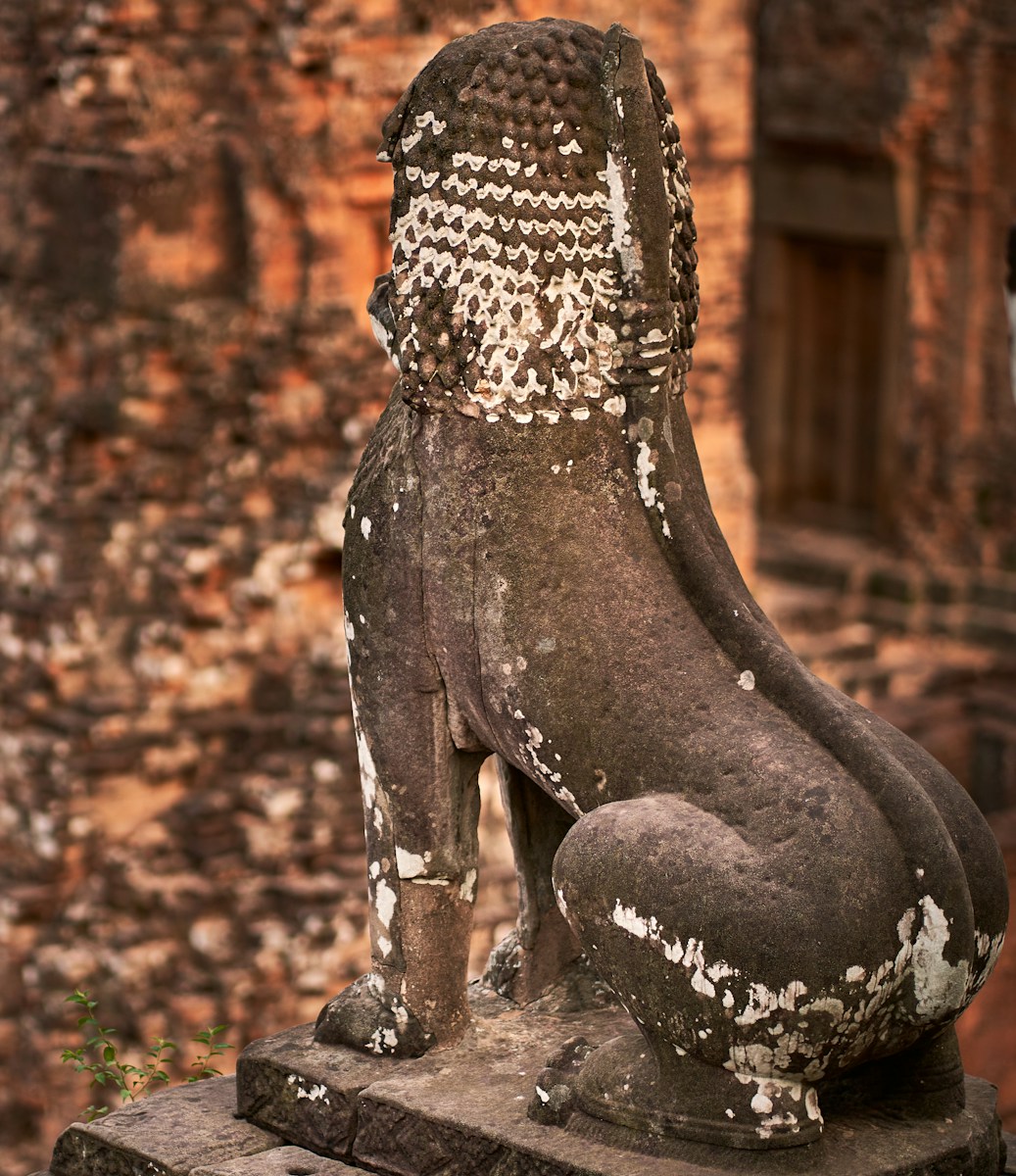Key Takeaways:
– The famous winged lion statue of Venice, once believed to be a Hellenistic sculpture, is now traced back to ancient China.
– The discovery was announced during the international Marco Polo conference held in September 2024.
– The chemical and stylistic investigation confirmed the statue’s origins in the Tang dynasty of China.
– Evidence suggests robust trade routes between Venice and China existed much before Marco Polo’s travels.
– Further research into pre-Ming dynasty pottery found in Venice could provide more insight into the extent of these exchanges.
A groundbreaking discovery about the globally acclaimed winged lion statue in Piazzetta San Marco, Venice has dramatically shifted historical perspectives. Recent research has traced the popular emblem of Venice, often assumed to be of ancient Hellenistic sculpture, back to the lower Yangzi River region of ancient China, thus hinting at early contact between the two civilizations.
Unraveling the Surprise Origins of the Lion of Venice
This memorable statue, sitting atop one of the columns in Venice’s iconic square, had long been associated with Venetian culture, adopting a unique pride of place in the city between 1261 and 1264. Yet, despite the statue’s strong ties to Venice, it was already established that the sculpture did not originate from the city. Previous theories centered on a possible Near Eastern source dating back to the 3rd or 4th century BC. However, this claim has been uprooted by the latest research provided by the University of Padua, which reports the statue’s links to the ancient Chinese copper deposits.
The revealing discovery was formally announced at an international conference held to commemorate Marco Polo’s 700th death anniversary on September 11th, 2024. These findings highlight the interconnected nature of the ancient world, a reality often underestimated.
Clarifying the Symbolism of the Lion of Venice
The Lion of Venice, a fusion of a lion and a mythical creature known as a griffin, was conceived as a symbol of Saint Mark the Evangelist. While researchers remain uncertain about the accurate date of the statue’s installation in St. Mark’s Square, they believe the structure predates Marco Polo’s return from his journey.
Following chemical analysis, the bronze lion statue has been compared to tomb guardians from China’s Tang Dynasty ranging from 618 to 907 AD. Despite many bronze sculptures from this era having been lost, destroyed, or melted over time, many existing porcelain artifacts from this dynasty bear stark similarities with the Venetian lion. These parallels are particularly noticeable in the treatment of facial traits, hair patterns, and expressions.
The clinching evidence emerges from minuscule holes positioned on the statue’s head, which according to researchers, once held horns. There are also indications suggesting that the creature’s ears had undergone modifications to make the overall structure resemble a lion more closely.
Reshaping Perspectives about Historical Trade Routes
The shift in the statue’s attributed origin encourages fresh perspectives about the Venice-China trade relations, urging deeper examination of Chinese pre-Ming dynasty pottery found scattered around Venice. Systematic studies of these artifacts could potentially reveal the extent of trade exchanges between the two regions predating Marco Polo’s expeditions.
It is speculated that valuable goods like spices, textiles, and ceramic vessels traveled along established trade routes, touching major ports from southern China to Europe. This exchange process underlines the global nature of the world back then, showing how exploration and trade managed to establish connections between distant civilizations much before Marco Polo’s accounts led us to believe.
In the light of this groundbreaking discovery, Professor Massimo Vidale, who led the research, believes it’s time to remove the lion statue from its mythical pedestal for a more detailed examination. Simultaneously, he acknowledges how this notion of uprooting the statue is probably a far-fetched aspiration.
References:
Altuntas, L. 2024. The Lion of Venice was Made in China: : Isotopic Analyses and Stylistic Comparisons Prove it. Available at: https://arkeonews.net/the-lion-of-venice-was-made-in-china-isotopic-analyses-and-stylistic-comparisons-prove-it/.
Carvajal, G. 2024. The Famous Lion of Venice Comes from China, Possibly Brought by Marco Polo’s Father and Uncle. Available at: https://www.labrujulaverde.com/en/2024/09/the-famous-lion-of-venice-comes-from-china-possibly-brought-by-marco-polos-father-and-uncle/.
Whiddington, R. 2024. Was Venice’s Famed Bronze Lion Statue Made in China? Available at: https://news.artnet.com/art-world/bronze-venice-lion-from-china-2537486.

